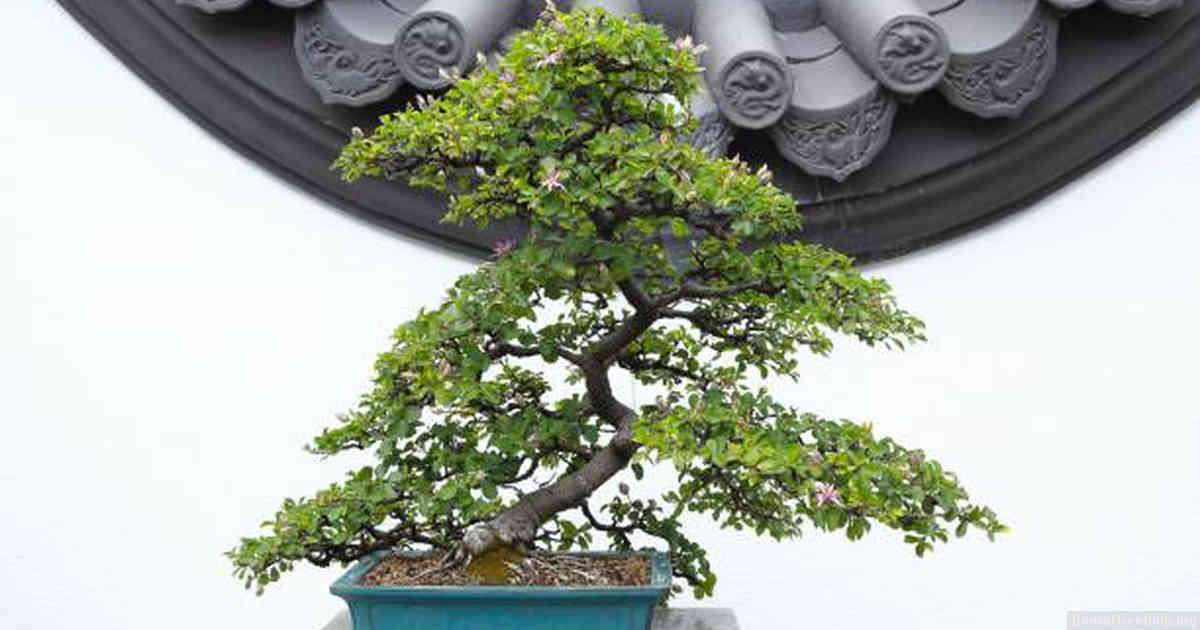
Prune your juniper bonsai tree twice a year. In late winter, when the growth has slowed, prune back branches and shoots to maintain shape and size. Also remove any dead or dying branches, as well as foliage that has grown out of proportion to other parts of the tree. In early summer, do some fine shaping with scissors to encourage a fuller appearance. Take care not to over-prune; pruning should always be gradual in order to encourage strong branching and compact growth.
Contents:
- Understanding the Growth Pattern of Juniper Bonsai Trees
- Factors Affecting the Pruning Schedule of Your Tree
- Signs That Your Juniper Bonsai Tree Needs Pruning
- Spring vs Fall Pruning: Which Is Best for Your Tree?
- Tools You’ll Need When Pruning Your Juniper Bonsai Tree
- How to Prune Your Tree Correctly Without Damaging It
- Maintaining the Health and Appearance of Your Juniper Bonsai After Pruning
Understanding the Growth Pattern of Juniper Bonsai Trees
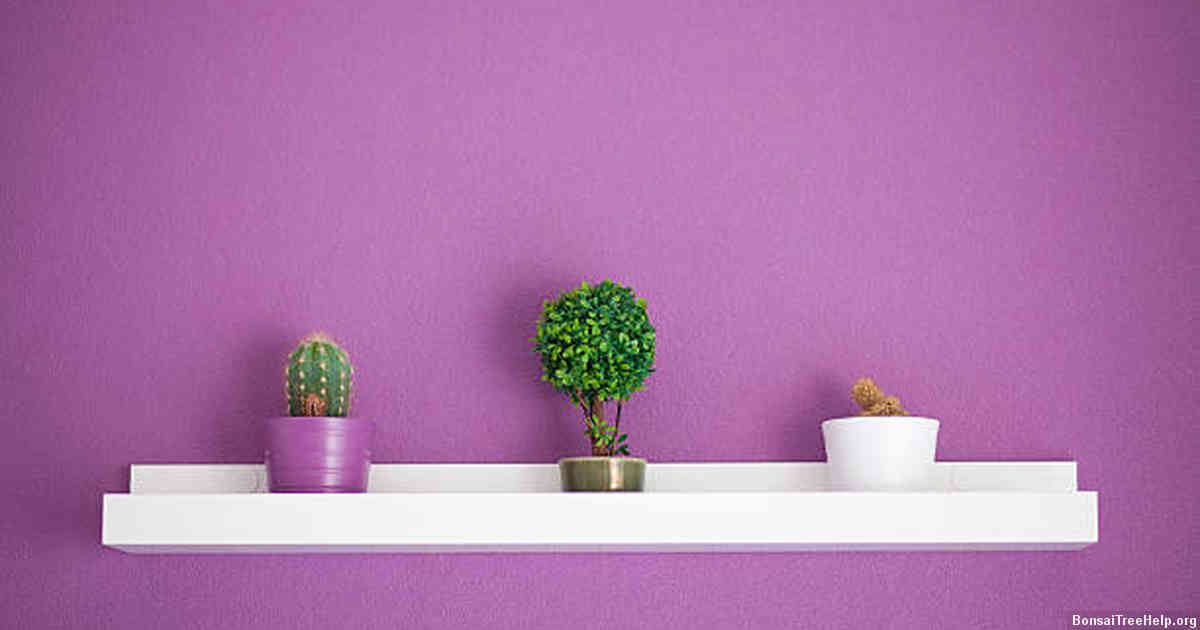
Juniper bonsai trees are delicate and require regular maintenance to maintain the desired shape. Understanding the growth pattern of juniper bonsai is essential in order to prune it correctly. Unlike deciduous trees, evergreen juniper varieties grow new foliage from dormant buds throughout the year so as long as they receive enough light and water, new growth appears at intervals over time. This means that pruning should be done during a certain period, otherwise you may damage the tree’s structure.
In particular, summer is the best season for pruning your bonsai trees. During this time, you will find many flush of needles around each branch apex, allowing for easy trimming without damaging any existing dormant buds. It is also important to monitor how much foliage each branch can carry before making a cut – cutting too much off or in an incorrect area can adversely affect the health of your juniper bonsai tree.
While minor trimming can be done all-year round when needed (to remove dead/damaged branches), more extensive cuts such as needle plucking or leaf stripping should only be done during spring and early summer since this maximises regrowth potential and ensures healthier future development of your tree. If these techniques are applied at other times of year then unwanted effects such as stunted growth may appear due to lack of adequate nutrients in dormancy periods.
Factors Affecting the Pruning Schedule of Your Tree
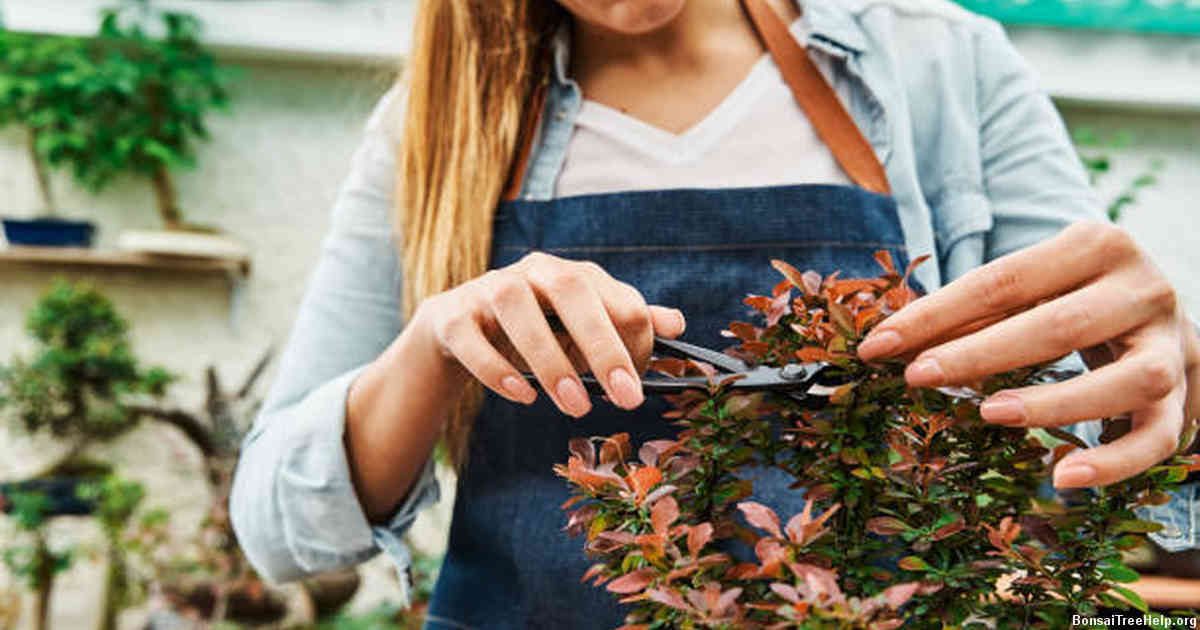
Pruning a bonsai tree is an important aspect of its health and maintenance. An optimal pruning schedule should be determined based on the species, size, and age of your juniper bonsai tree. Depending on these factors, there are a few key times throughout the year when you will want to trim back any extra growth.
During the growing season for your particular species, it is generally advisable to prune more often – typically every two to three weeks depending on how quickly your juniper bonsai tree grows. During this time period, cut away dead or diseased branches that have been affected by pests or harsh weather. This will help maintain overall healthy growth patterns in addition to keeping your bonsai looking aesthetically pleasing and full.
In winter months where temperatures drop and there’s less moisture in the air, it’s best to reduce pruning frequency as trees can become quite fragile due to their lack of chlorophyll production. The goal here should be minimal trimming so as not to cause too much shock or stress which could weaken the roots even further during this vulnerable period. When selecting branches that need removing or reshaping after winter dormancy, aim for cuts that don’t remove any major portions of foliage as this may take a longer time for recovery from compared with smaller snips made around desired shape margins instead.
Signs That Your Juniper Bonsai Tree Needs Pruning
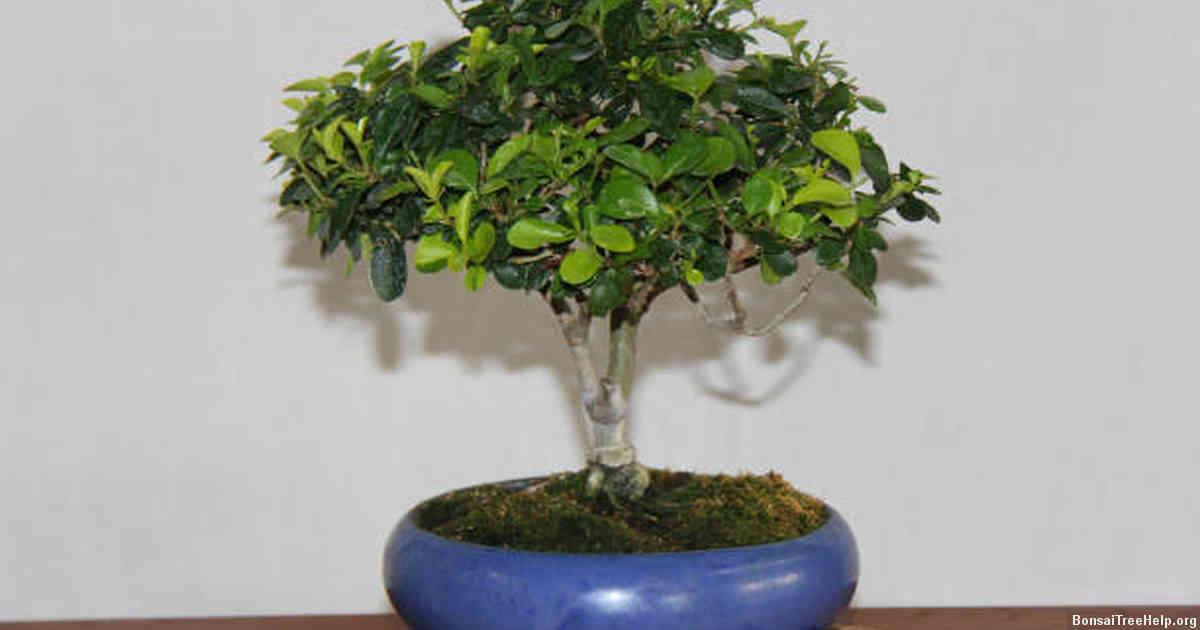
When caring for a juniper bonsai tree, it can be difficult to know when the right time is to prune it. To prevent over-pruning or under-pruning, it’s important to familiarize yourself with the signs that your tree needs trimming. The most obvious sign of a juniper needing pruning is the appearance of long branches that are crowding its shape. If longer branches are not removed periodically, this will restrict the growth of other shoots and make achieving a balanced form almost impossible.
If you notice dark patches on your bonsai’s bark, this may also indicate that it needs pruning as soon as possible. These dark spots usually appear near where new shoots have emerged from existing branches; they indicate an excessive buildup of energy in those areas which can lead to imbalance and stunt proper growth. Pruning away affected sections will encourage more balanced development throughout the tree’s canopy and reduce stress on individual parts.
Consider how dense each branch appears relative to other parts of the bonsai – if certain areas seem thinner than usual this may mean there is too much foliage shading out lower levels leading to poor circulation and potentially disease outbreaks among young buds at different layers of the tree’s structure. Removing certain parts selectively here should help restore balance while eliminating overcrowdedness in one area resulting in better overall health for your juniper bonsai going forward.
Spring vs Fall Pruning: Which Is Best for Your Tree?
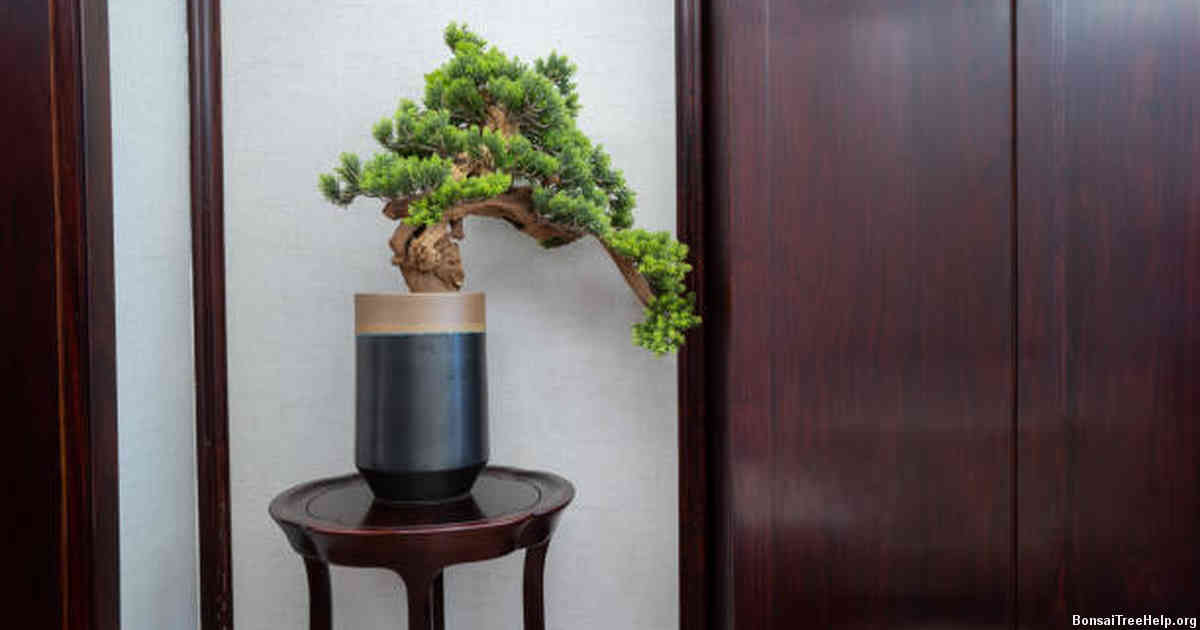
Pruning a bonsai tree is an essential part of its care, as it helps to maintain the shape and beauty of the plant. When considering when to prune your juniper bonsai tree, there are two common times: spring and fall. Both have their merits, but which one should you choose for optimal results?
In the springtime, new growth begins from old wood, so this is often considered the best time for pruning. This encourages healthy vigor and removes any unsightly deadwood that may have been missed during earlier trimmings. At this time of year, the sap flow is increased by higher temperatures and humid conditions which creates a suitable environment for healing wounds made during trimming or styling. Active sap flow assists with stimulating root growth in repotting season.
For older trees with thicker bark or trunks where deep carving was carried out previously, late autumn or winter might be best suited for routine maintenance pruning as sap flow will be minimal at this time; meaning less stress on a tree that has already undergone several alterations throughout its life-cycle. The cold weather forces dormancy into certain parts like root systems which makes them more robust against shock from strong pruning measures taken later in the year when more active species come back into life cycles such as conifers and deciduous alike. Autumn is also great for reducing foliage size in order to control shape without sacrificing branch structure on mature specimens as lower temperatures result in lessened sprouting opportunities overall – allowing precise reshaping without overgrowth come springtime anew.
Tools You’ll Need When Pruning Your Juniper Bonsai Tree

Pruning a juniper bonsai tree is an important part of its maintenance and growth. There are certain tools that you should have to ensure your success. The most essential tool for pruning your juniper bonsai tree is a pair of sharp, fine-toothed shears or scissors. These shears will allow you to get into hard-to-reach areas, such as between the branches and needles, so that you can properly shape the tree without damaging it. Another useful tool to have is a set of branch cutters – these are great for removing larger branches in one go without causing too much disturbance to other parts of the plant.
It’s also a good idea to invest in some pruning paint; this allows you to identify which areas need more attention by marking off the already-pruned sections clearly. You don’t want to accidentally miss any small or hidden branches during your work session. If you plan on tackling big projects like styling or wiring, then consider buying copper wire cutters specifically made for bonsai trees – they provide extra control when manipulating small wires and help ensure that no damage is done during this process either.
At times, it may be helpful to grab some protective gloves too since pine needles can easily poke and prick your skin otherwise. All of these items will not only assist you with pruning but also protect both you and the plant from harm while doing so.
How to Prune Your Tree Correctly Without Damaging It

To avoid damaging your juniper bonsai, it is important to know the correct way of pruning. Pruning should not be taken lightly, as incorrect trimming can cause serious harm to your tree’s health. It is best to prune in late winter or early spring when the tree is still in its dormant phase. This will give you plenty of time for the cut branches to heal before new growth appears later in the season.
When beginning, make sure that you have a good pair of clean, sharp scissors or shears. Dull blades are more likely to tear and damage the tree instead of providing neat, precise cuts. When cutting away large amounts of foliage and branches, start by removing dead wood first, then work on removing any weaker shoots before tackling larger and healthier ones. By gradually thinning out certain areas and keeping others full-bodied and lushly grown out, you create a well balanced look with distinct shapes throughout the tree’s structure.
Finally, it is also necessary to check back periodically following pruning; some limbs may require further reduction depending on how much energy they receive during their growing season. With regular upkeep such as this, your juniper bonsai can stay healthy and attractive all year long.
Maintaining the Health and Appearance of Your Juniper Bonsai After Pruning
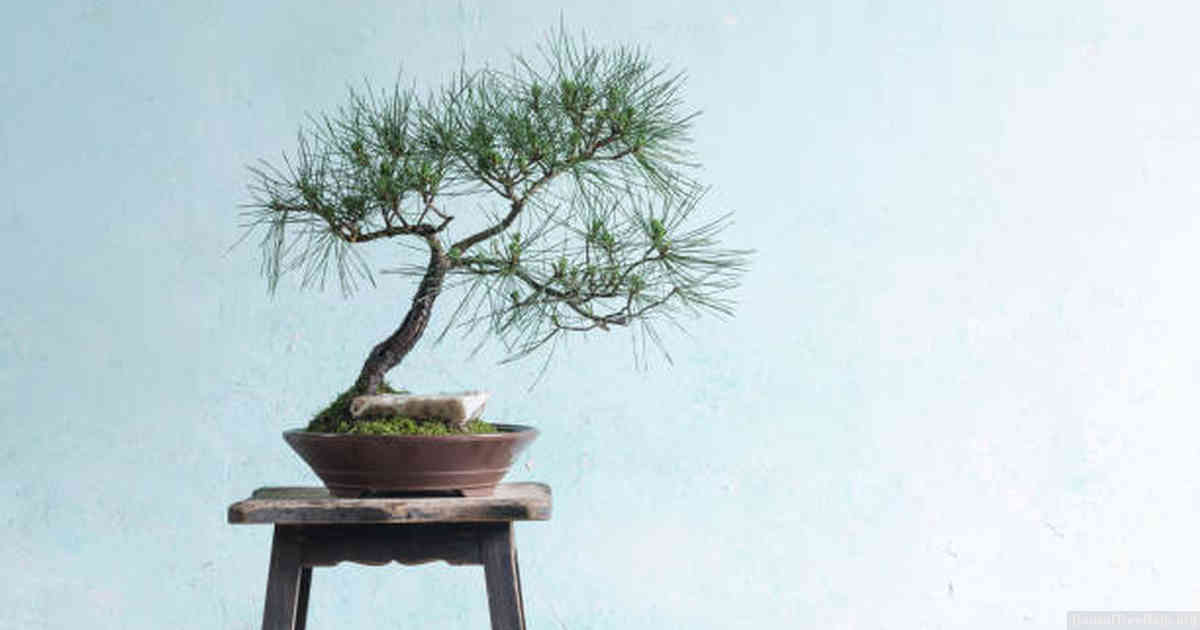
After you prune your juniper bonsai, the health and appearance of the tree should be carefully maintained. Once the branches and leaves have been trimmed, you need to provide your bonsai with proper sunlight, water, nutrients and soil to help it regrow healthy foliage. Depending on what type of juniper species you have, light requirements may vary; however, most varieties will benefit from an hour or two of direct sunlight daily.
If your bonsai is kept indoors for extended periods of time, make sure that there is sufficient air circulation near your tree so that any excess heat or humidity does not accumulate in its vicinity. As far as watering goes, keep a keen eye out for dry soil and water as soon as it’s needed – too little (or too much.) Can lead to wilting leaves and root damage if left unchecked for long periods. You could also consider utilizing a moisture meter to keep an accurate reading of the plant’s hydration levels over time.
Fertilizing during spring growth season is another important factor in maintaining good health for your juniper bonsai tree; special organic composts designed specifically for these types of plants can be found at gardening stores or online retailers. When using fertilizer granules directly on the soil surface take care not to spill them onto any leaf surfaces. With conscientious maintenance after pruning it’ll be well on its way back to full vigor in no time.
Leave a Reply